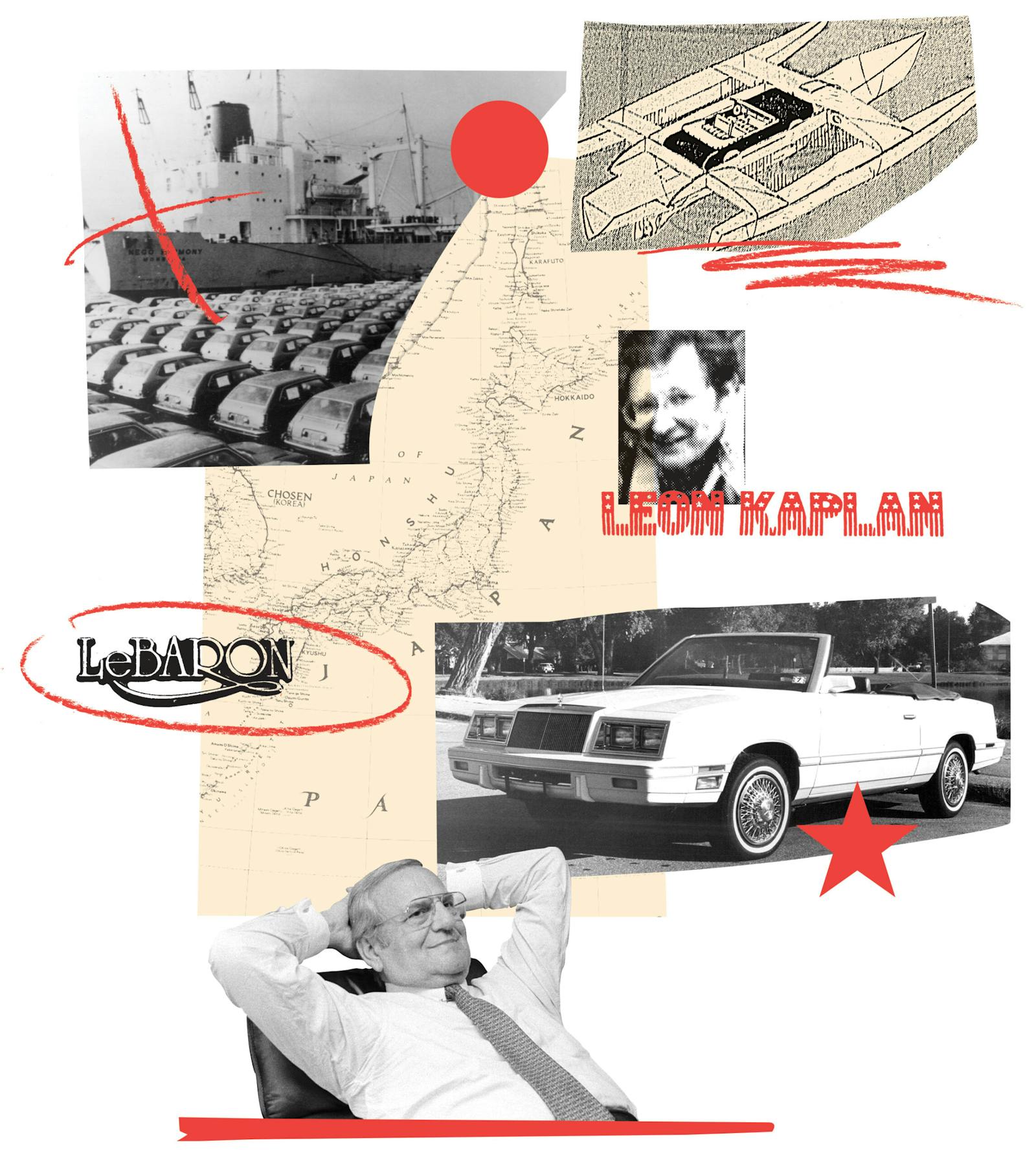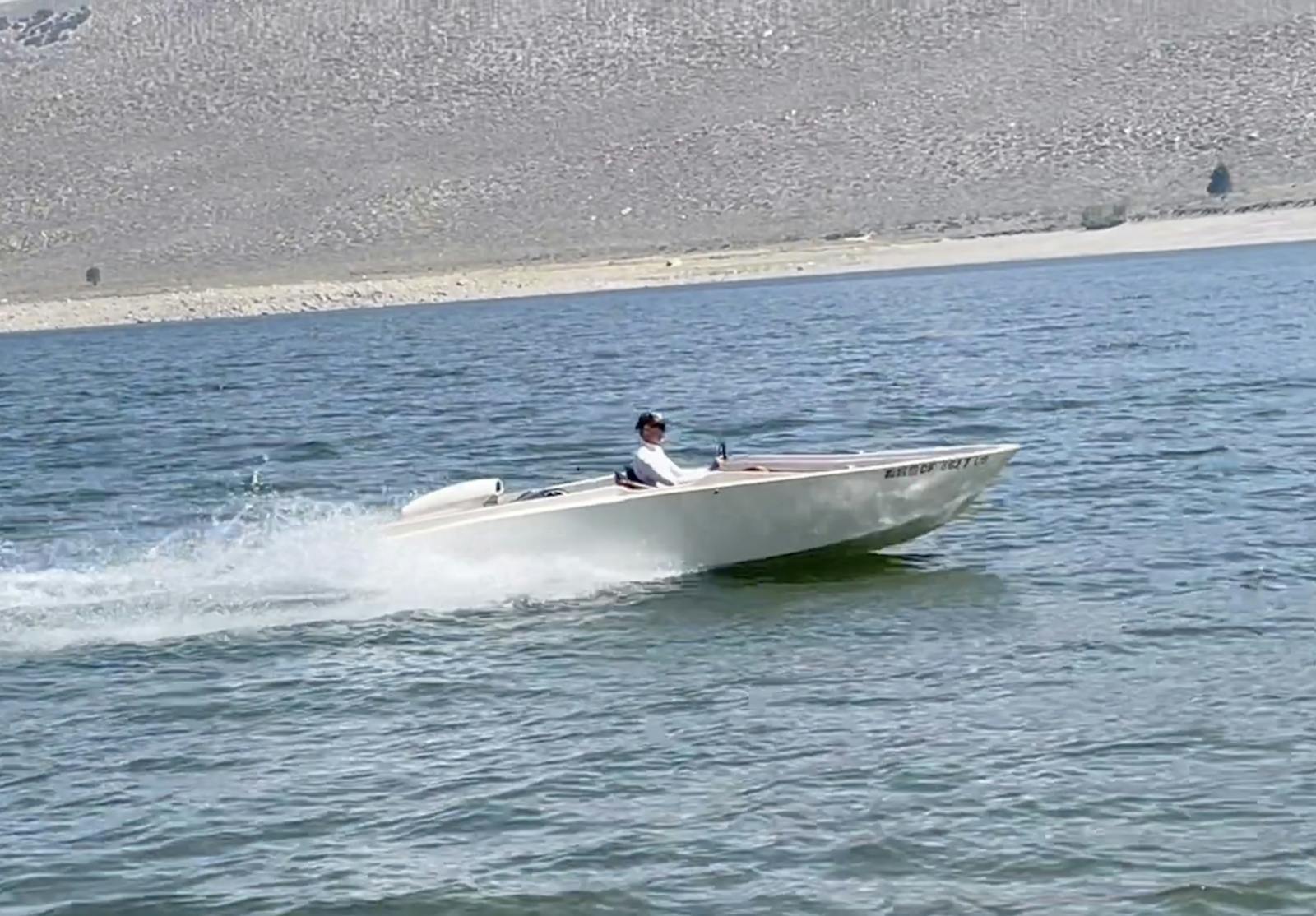LYMAN BOAT OWNERS ASSOCIATION: Keeping the legacy alive
The Hagerty Marine Hall of Fame was created in 2009 to honor the people and organizations that have made profound, positive contributions to the classic and collector boat lifestyle. The Class of 2014 includes Charles Mistele, Matt Smith and the Lyman Boat Owners Association. This is the LBOA’s story …
Lyman Boats have a little something in common with Elvis, John Wayne and Janis Joplin. All four legends have been gone since the 1970s, but today they’re still revered by fans young and old.
The Lyman Boat Owners Association has certainly done its part to preserve and promote the classic wooden vessels that carry the name of Ohio brothers Bernard and Herman Lyman. Founded in Cleveland in 1875, Lyman Brothers Boat Builders created high-quality skiffs and larger boats known for their durability and smooth ride.
By the late 1800s, Lyman was building everything from 13-foot rowboats, selling for $24.50 each, to a custom-designed 65-foot cutter-rigged sailboat for a princely sum of $3,300. Bernard Lyman’s son, Bill, joined the business in 1920, and it was under his guidance in the 1930s that Lyman Boats’ popularity grew with the now-famous “Clinker Built” lapstrake hull construction, in which the edges of the hull planks overlap.
“The clinker method provides more stability and creates a cushioning effect, like a shock absorber, when the boat meets the waves,” said LBOA Commodore Greg Netter. “I’ve owned and restored a number of Lymans, and I really love them. Anyone who’s ever owned one will tell you the same thing.”
Bill Lyman moved Lyman Boat Works from Cleveland to Sandusky, Ohio, in the late 1920s. Within a few years, Lyman was offering a wide range of models – four inboard production models in three lengths, smaller outboards, and a number of custom cabin cruisers up to 47 feet. In 1937, Lyman expanded its manufacturing capabilities, building a new 18,000-square-foot building and equipping it with all the modern electric tools of the era. Lyman’s prosperity peaked from about 1952 to the early 1960s, when other boat building materials like fiberglass became more popular and the market for wooden boats began to fade. The company eventually ended its wooden boat production in 1973, although it continued to build fiberglass boats through 1980. According to the LBOA, Lyman produced more than 60,000 boats during its storied history.
Two years after the company stopped building wooden boats, Lyman boat owner Fred Jackson was struck with an idea. Jackson lived in Clayton, N.Y. – home to the Antique Boat Museum – and had friends in the Thousand Islands area who also owned Lymans. He suggested they start a club, and the Lyman Owners Group (LOG) was born. The group hosted social events and published a quarterly newsletter – a two-pager that Jackson’s wife, Linda, typed at their kitchen table. Word of the club spread through the help of the Antique and Classic Boat Society, and it received a shot in the arm when author Bob Speltz included the club’s contact information in his popular book, “The Real Runabouts.”
Membership surpassed the 200 mark under Jackson’s leadership before he stepped down to devote more time to his business career. For several years, the Lyman club was operated seasonally by the Antique Boat Museum’s Club Management Services. But realizing that year-round development was vital for growth, the club named Dale Hooper as its second official commodore. Operations were moved to Cleveland, the original home of Lyman Boat Works, and the organization received a new name, the Lyman Boat Owners Association.
The LBOA, the oldest Lyman boat enthusiast organization in the U.S. and Canada, now boasts a membership of more than 800 members in North America and Europe. The club offers relevant information on Lyman boats and restoration/maintenance tips via its comprehensive website (lymanboa.com) and quarterly news magazine, The Clinker. And each August, the LBOA hosts the “All Classics Festival,” a celebration of wooden boats and classic cars, in Huron, Ohio.
Netter said the club includes former Lyman employees, many of whom are now in their 70s and 80s, in LBOA activities. “They’re a valuable source of historical information,” Netter said. “I love hearing the stories – the nostalgia, the legacy – of these great boats.”
Netter also has his own first-hand experiences. “My grandfather bought a 1960 23-foot Lyman new, and it’s still in the family, now owned by my brother. My son restored a 23-footer, as did my nephew – continuing the legacy like so many other Lyman enthusiasts.”
For more information about the Lyman Boat Owners Association, visit www.lboa.net.


